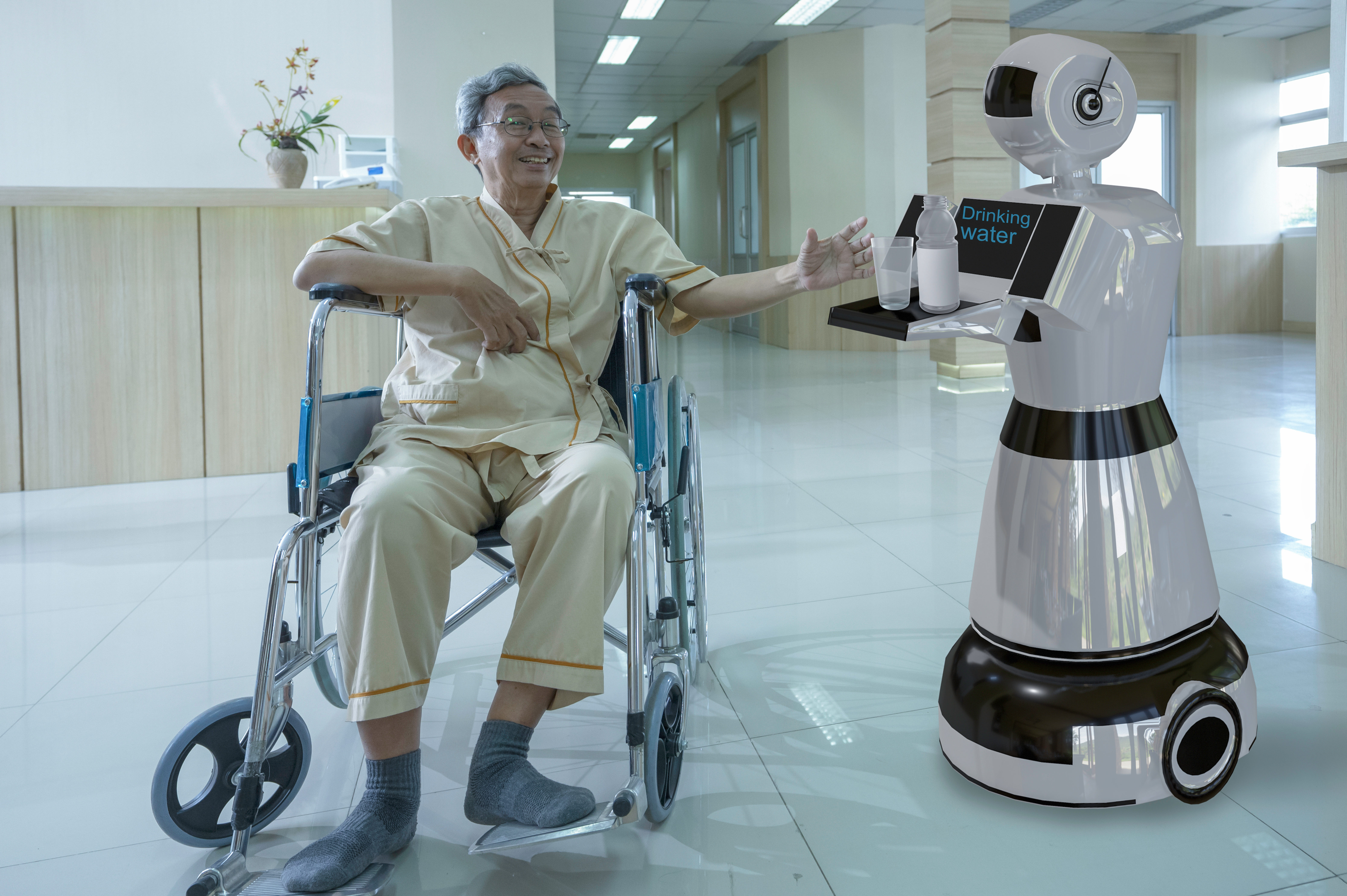The Future Medical Equipment Landscape: Automation, Sterility and Reduced Costs

Huge technological advances in big data, automation and the Internet of Things are changing the pace of innovation and impacting every element of our lives.
Medical equipment manufacturing is no exception. As health care professionals meet the needs of a growing and ageing global population, the technology they rely on is shaping the care they deliver. Across medical fields, from hospital care and dentistry to community care and laboratory services, professionals are looking for new technological advances to meet six key criteria:
- Better hygiene standards – with improved sterility solutions and no-touch equipment.
- Less repetition – taking the weight of mundane and repetitive tasks leaving professionals to carry out value-added activity.
- Faster processes – through shortcuts and automated activity.
- Decreased errors – taking the human element out of certain decisions and reducing error rates.
- Making things easier – using machinery to replace manual lifting tasks and reducing journey times.
- Reduced costs – introducing lean and automated tasks to deliver cost savings.
Medical equipment manufacturers are already hard at work developing the technology that we will rely on to help save lives and prevent serious disease. These are just a few of the future developments heading our way.
Robots are set to take centre-stage
As automated, easily programmable and robust units, robots can take on a variety of tasks too repetitive or dangerous for humans, or prone to human error.
Nurses and other support staff often carry out many mundane and repetitive tasks, from blood pressure and temperature monitoring to form filling and tablet dispensing. In a busy ward or clinic, distractions are everywhere, tiredness can creep in and mistakes can be made.
By using robots and automated medical equipment to take on repetitive tasks, nurses can be freed to deal with the human needs that require empathy or decision making. With a single command, internally or externally generated, robots could be zooming around the corridors, delivering tablets, monitoring patients, collecting supplies and keeping hospital wards running smoothly.
Sterilisation robots are already being developed to keep our hospitals clean, able to handle hazardous chemicals and use methods that may be dangerous to humans. The Xenex LightStrike robot can use broad-spectrum UV light to disinfect an entire surgical room in just 20 minutes. Since robots themselves are easy to sterilise, we could soon be seeing them moving between high-risk areas, reducing the risk of pathogen transfer and keeping patients safe.
And it’s not just in hospitals that robots will take centre-stage. Laboratories are already using automated equipment to run complex analyses, but robots could soon be working alongside scientists to run a series of tests, making decisions based on gathered data and providing complete remote services. The University of Liverpool’s robot scientist recently performed 868 experiments in just eight days, seamlessly working with equipment designed for human operation.
Automated storage and retrieval
Huge advances are being made in the storage and retrieval sectors as equipment manufacturers look to deliver enhanced safety, better security and speed through automated storage and retrieval systems. Storage is a big problem in medical settings, equipment and supplies take up space, often include controlled or hazardous substances, sometimes require exact storage conditions and require close inventory control.
Centralised systems and automated medication cabinets are starting to emerge, that make use of automation to retrieve items, track inventory and restock items. Huge vertical storage systems are being built into the centres of hospitals, able to store everything from sub-minus temperature vaccines to hospital beds.
Automation of these systems will only grow as machines begin to pick and retrieve items based on other robot interactions or even patient vital signs.
Mobile treatment stations and flexible patient space
We’re told that autonomous vehicles are just around the corner. Although the idea of autonomous ambulances might not sound too appealing now, this technology is sure to find a place in emergency medical vehicles.
The bespoke mobile vehicles of the future are likely to become flexible and morphing spaces, able to provide in-home care and surgeries in varying locations. Your surgeon could be coming to your home and cutting out the hospital altogether.
With this approach, patient treatment rooms are likely to change too. Miniaturised scanning equipment and a hub-based approach, where specialists travel to treat you in your hospital room could soon be the norm. And research and treatment fields might soon grow closer with smart technology embedded in beds, relaying information to the laboratory or clinician to facilitate faster care and more accurate research.
Choosing suppliers to join you on the journey
When you’re working at the edge of innovation, it can be hard to find partners with the right tools and expertise to realise your visions. At Accuride, we specialise in thinking outside the box and designing bespoke solutions for even the most advanced and cutting-edge innovations.
On top of our wide range of off-the-shelf products, our Fullelectric ball bearing slide can be used in the medical equipment innovations of tomorrow. With plug and play functionality and compact size, it can fit into a wide variety of automated and robotic systems. The electronic synchronisation ensures that slides are fully balanced so even high loads are carefully distributed.
Fully electric functionality means reliable and automated solutions, compatible with remote control, computer control and biometric systems. With stainless steel components, the Fullelectric slide is perfect for hygienic and tough conditions such as sterilisation units and refrigerated environments.
Are you looking for a partner for your next innovation?
Contact our team of engineering specialists to discuss your project.
